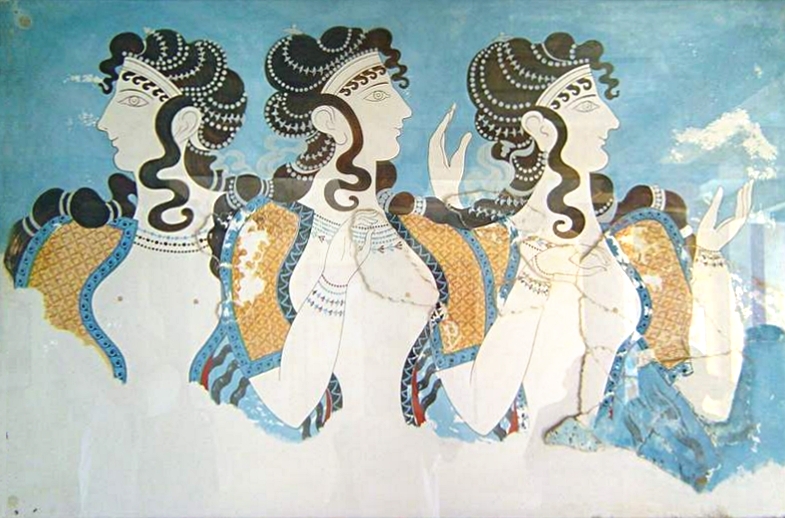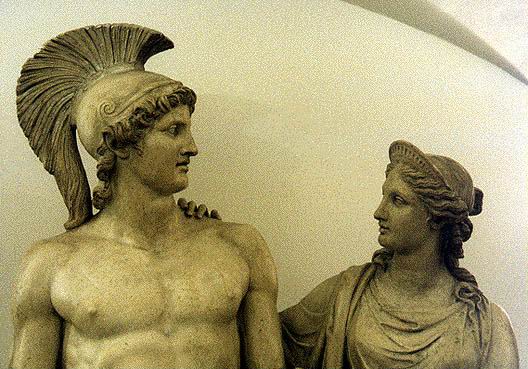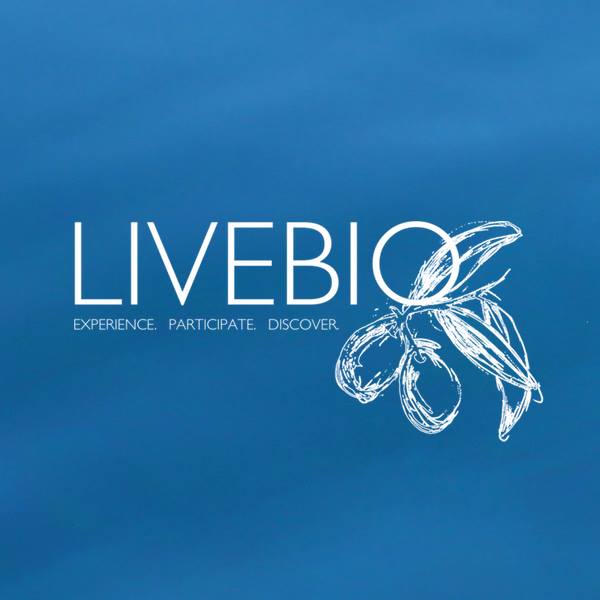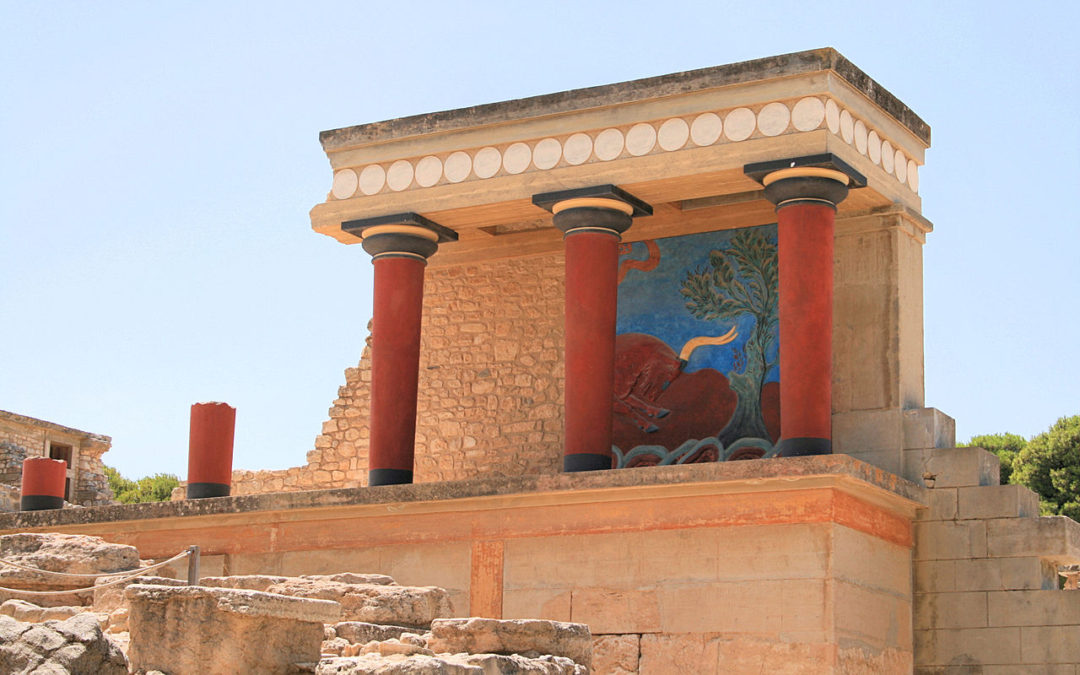In our previous blogposts we enjoyed the stories of Theseus, the king of Athens who was born in Troezen (Trizina) touching on his birth, his trek from Troezen to Athens and his arrival in the city of his father.
Putting mythology in a historical context
It is a good opportunity to establish the historical context of events. Obviously, we mentioned that this is mythology, and research methods were not exactly top of mind for the ancient story makers, nor the excitable story tellers. Myths dispersed like a game of broken telephone and ultimately solidified in their dominant form (the one we know of today) through a process of social consensus and selective erasure.
Establishing the exact timing of events is clearly impossible, if not also undesirable. Events took place (or were constructed) during various points in time until ultimately collapsed into a linear time sequence. But let’s attempt to decode the facts that expose somewhat the time window of our story.
First of all, we make mention of ‘the kingdom of Athens’. Athens is famous for being the birth place of democracy and other admirable qualities such as philosophy, reason, a strong judicial system, traffic and street protests among its more recent contributions. Clearly, speaking of a ‘kingdom’ positions us well over 2,500 years ago, the time when Cleisthenes established the first Athenian democracy, and my namesake Periklis brought it to its ‘golden era’.
The historical position of events also exposes the fact that Athens did not yet enjoy the glory that would be bestowed upon it by its future inhabitants (modern day Athenians included, and this is not a joke!) The existence of the mighty and respected kingdom of Trizina nearby illustrates the lack of supremacy demonstrated in the later years to come.
Being an important but not an absolute ‘world’ power is also established by the war that Athens lost to the more ancient and equally impressive civilisation that preceded it on the gorgeous island of Crete. When Athens lost the war to the Minoan king (Minos was the name of all kings of Crete), a condition of the truce agreement was the sending of six female and male Athenians to the island every year, in order to be sacrificed by the Minotaur. The Minotaur was the supreme priest of Crete and mythology describes him as a half human, half bull beast. (Minotaur means ‘the bull of Minos’ in Greek).
Once again, allow us to repeat that not everything in mythological story telling is a fiction of imagination. Historical analysts have convincingly explained that the supreme priest was not a beast but rather a mere human being (not necessarily always the same person) who would wear the mask of a bull.
Similarly, historians point out that the labyrinth of Knossos was not the daedalic network of caves and tunnels that most of us imagine. Instead, it was the actual palace of Minos which, with its incredible size, two storey buildings and expansive alleyways, felt like a labyrinth to the uninitiated visitors. Just visit the palace of Knossos on a future trip to Greece and you will understand what we mean, even in comparison to modern day shanty towns which unfortunately still exist in many parts of our world.
Along the same lines, the Minoans were unlikely to be interested in sacrificing young Athenians. The Cretans, having preceded the grandeur of Athens by several centuries, were very proud of their achievements and civilisation, which would require several more blogposts in order to merely outline them. The shipping of twelve men and women was meant to bring foreigners in contact with the island kingdom and impress them by its level of development.
But let’s get back to Theseus!
The decision to go to Crete
As we mentioned, the young prince was bored out of his mind in the silk covered palatial cage, and in search of new challenges.
– Dad, I will be one of the six men going to Crete this year.
– Are you out of your mind, son? The Minotaur is going to kill you and I am not at an age to procreate anymore.
– Nah, my flesh is totally tasteless, he will not do that. I will pack some sausages just in case he gets hungry.
– Ok, ok, I know how stubborn you are. But promise me this: if you come back from Crete alive, hoist white sails on your vessel. If the boat comes back with black sails, it will be a sign that you are dead.
– Consider it a deal daddy, mooch mooch, arrivederci!
And so the boat with the black square canvases (triangular sails had not been invented yet) set sail to Crete, with the young prince sitting in the bow with his arms stretched behind a beautiful, red hair lady. No icebergs, though, I promise!
Theseus in Crete, the Labyrinth and Minotaur
When several days later the ship landed on the island’s sandy shores, the Athenian men and women were indeed impressed by the glory and sheer size of the Minoan palace. Theseus started dreaming of the future design of his own royal habitat and took several selfies to share with his friends.
Another noteworthy aspect of Minoan civilisation was the fact that Crete was a matriarchic society. In other words, unlike the rest of the ancient Greek world and much of our patriarchic society nowadays, women were considered more powerful and important than men, because they carried the gift of life, a natural miracle highly revered by the people of Crete.
As a matter of fact, and in order to further highlight their feminine nature, the women of Crete had their breasts exposed, with their dresses stopping below rather than above the cleavage. I have several times wished for this fashion to be reintroduced!
Ariadne was the daughter of Minos, a young and gorgeous princess with a lot of attitude and the skill to sleep deeply despite distractions (we will get back to this later in our story). When Ariadne entered the corridors of the palace, the Cretans would bow and look at the floor in a sign of respect. Theseus of course was too cool to do that!
– Are you staring at my boobs, you perv?
– No ma’am, I have just been stunned by your beauty! Allow me to introduce myself, I am Theseus, the prince of Athens. What are their names?

Fresco of women from Knossos Palace, Crete
It’s needless to mention that this was the beginning of a love story and we will fast forward past the romance.
– Ariadne, sweetheart, I would like to marry you.
– That’s impossible my darling, my father will never allow that. I have promised him I will preserve my virginity for all my life.
– But dear, I believe you have already broken the promise a few nights ago. It was you, right?
– You idiot, if the Minotaur finds out he will kill you.
– Well, what if I kill the Minotaur instead?
– Don’t be a fool! Even if you do that, how will you get out of the Labyrinth? The Swiss Guard will capture you and torture you to death.
– They won’t catch me! I am THESEUS, the mighty prince of Athens and I…
– Yada, yada, whatever, I have heard this before. Wait! I have an idea.
– This is why I like Cretan women, they even have ideas! In Athens, women only…
– Shut up and listen you buffoon. I have a long piece of string at home. We can tie it up at the entrance of the Labyrinth and use it to find our way out.
– That’s a brilliant idea! I read another story where people used pebbles instead.
– Let’s go!
– Let’s go, future queen of Athens!

Theseus and Ariadne of Crete
There is not much to imagine in the rest of the story. Theseus found the Minotaur, challenged him to a game of chess (the royal game of the Minoans well before it became famous around the world) and swiftly killed him.
There is only one blogpost left in our series (there could have been a lot more of course), which is the return of Theseus back to Athens. This is a story of glory, human drama but also of an important historical event which laid the foundations for the establishment of the world’s first democracy. Stay tuned!

